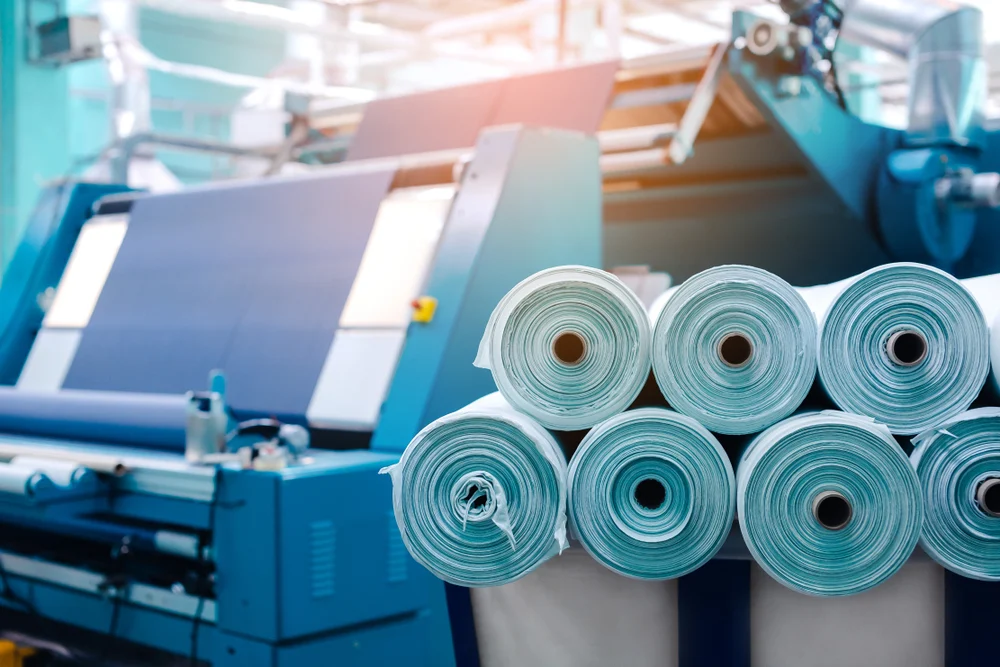Investment Opportunities in Vietnam’s Garment and Textile Industry
Garments are items of clothing, while textiles are the fabric from which garments are made. For example, a shirt is a garment, but woven cotton fabric is a textile.
Vietnam’s garment and textile industry has been a cornerstone of the country’s rapid economic development. Despite global challenges, the sector has proven somewhat resilient and still presents a wealth of opportunities for foreign firms.

The garment and textile industry are one of the key industries in Vietnam. In 2022, the industry’s export value topped US$36.9 billion. The country’s exports have already reached US$24.6 billion in the first nine months (Jan-Sept) this year, according to the General Department of Customs.
These huge export numbers have been driven by a number of factors, including low labor costs and free trade agreements (FTAs) with key export markets that have in many cases eliminated tariffs on garments and textiles altogether.
There are hundreds of international brands manufacturing in garments and textiles in Vietnam

Vietnam’s GDP growth, for example, has increased all of this year, and as the economy recovers, the garment and textiles industry should too.
With this in mind, here’s what Vietnam’s garment and textile sector looks like at the back end of 2023.
Vietnam’s garment and textile manufacturing hub
Whereas northern Vietnam is most known for electronics manufacturing, southern Vietnam, is considered the garment and textiles hub of Vietnam. Ho Chi Minh City and the surrounding provinces of Dong Nai and Binh Duong are home to a large number of garment factories servicing a broad range of international brands. There are a number of reasons for this, but infrastructure and workforce are two of the most prominent.







